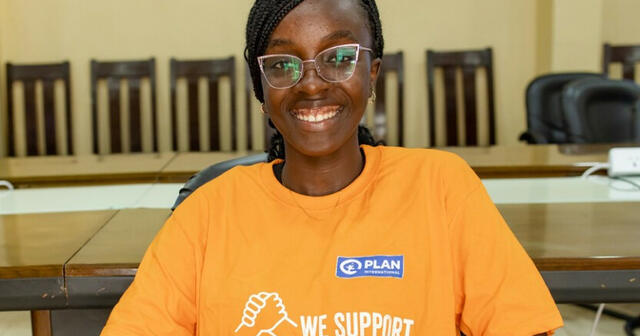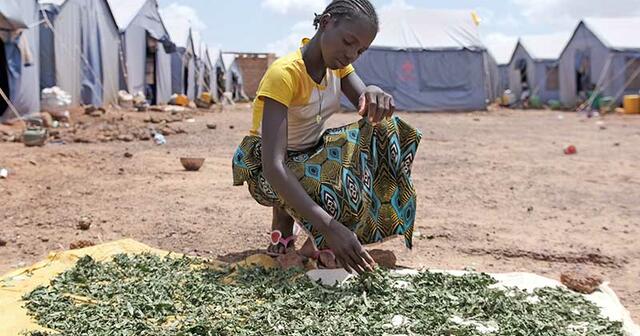Rohingya refugees at risk as monsoon season starts
200,000 Rohingya refugees at risk as monsoon season starts
In May, I visited what’s known as the ‘mega-camp’ near Cox’s Bazar in Bangladesh.
It’s now home to just over 690,000 Rohingya refugees, who have fled violence in Myanmar since August last year.
Conditions in the camp are already challenging. Many people struggle to access clean water, food and firewood. Women and children stay inside stiflingly hot shelters – the children because they have nowhere to play or go to school, the women because they are afraid of harassment by men around the camp.
And now there is another threat.
The lives of an estimated 200,000 refugees are at risk of landslides and flooding as monsoon season starts. People are living in fear once again.
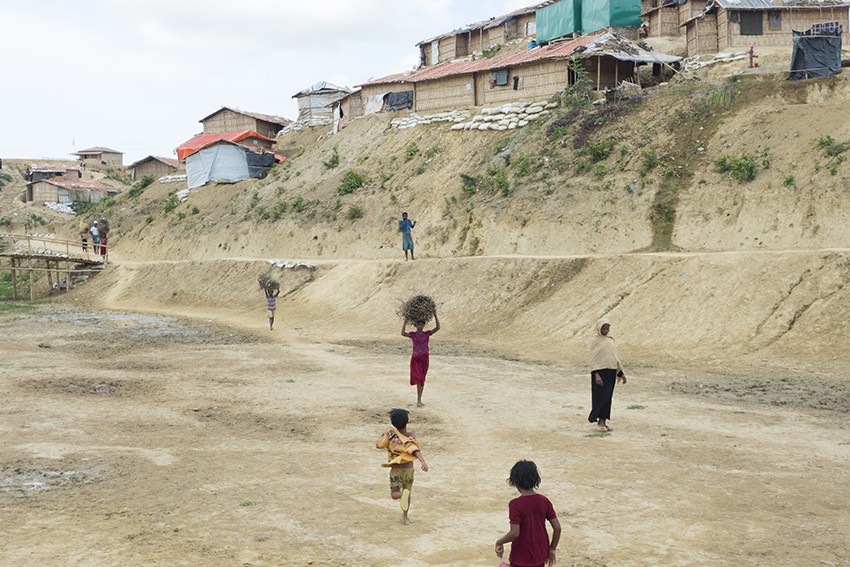
Another crisis looming
When I arrived in Cox's Bazar, there was a sense of another crisis looming, one that was out of people’s control but could easily destroy the stability they have created since arriving at the camp.
This is a region that is prone to heavy rain, cyclones, and as a result, landslides. A frightening thought when you see people living in makeshift shelters balanced precariously on hills made of sand.
People are doing what they can to prepare for any eventuality, with many strengthening their shelters with bamboo or joining together to dig ditches and build bridges. Families are also being relocated to shelters high up on mountain tops that are less at risk of landslides.
One young woman I spoke to, Kushida, is 19. She fled across the border from Myanmar seven months ago. After living in Balukhali camp for six months, she had just been relocated – with her two-year-old daughter – to another camp.
“I moved here because there was a threat of landslides and flooding. I am alone with my young daughter,” she told me.
“They said if I moved here it would be better because where I was before, no one would be around to rescue me if anything happened. I fear the weather, especially cyclones and heavy rain.”
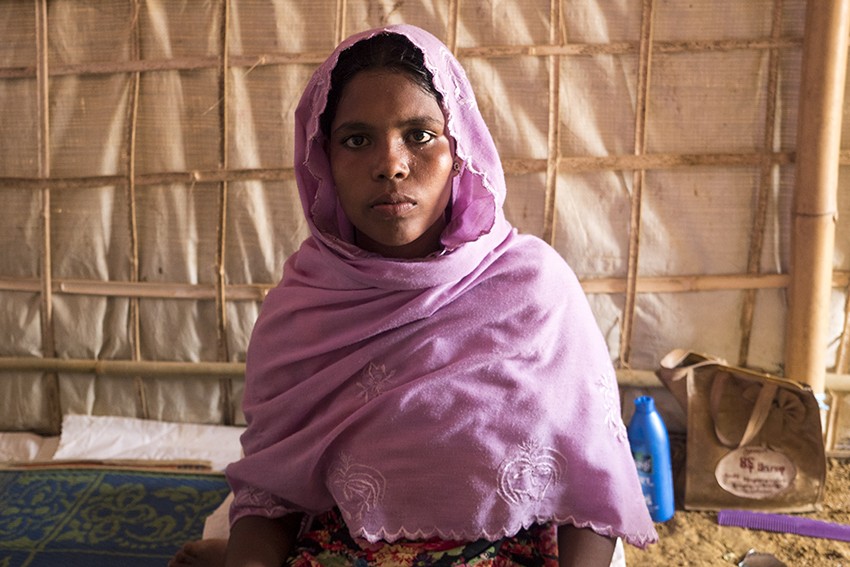
Spreading the message about emergencies
Something that will make a real difference in reducing the impact of natural disasters is spreading the message about what to do if there is an emergency.
That’s where your support for our Rohingya Crisis Appeal is helping. Plan International is training 550 teachers in the camps, who come from both the Rohingya and Bangladeshi communities, so they know what to do if a crisis hits.
They can then pass on what they have learned to the children in their classes, who will spread the message to their families.
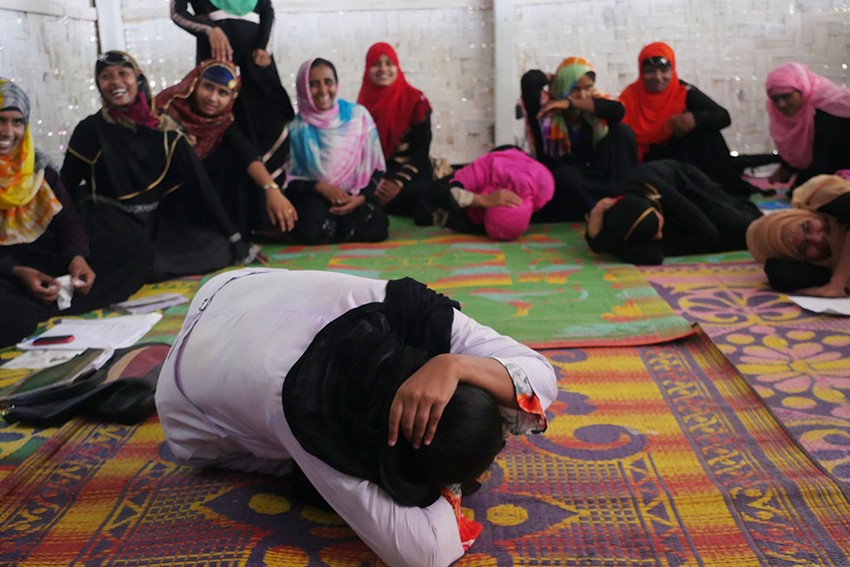
These teachers will also receive kits to help them if a disaster happens. The kits will include equipment to help them evacuate their class and keep children safe, including a first aid kit, a visibility vest, a whistle and a clipboard.
Radhika, 18, became a teacher in December, shortly after she arrived in the camp.
“I’m very concerned about the threat of the monsoon rain. My classroom is near hills and I’m worried about possible landslides which might damage it and impact the children,” she says.
“It’s very important they are aware of what to do in case of a disaster. I will pass on what I have learned here to my students and their families.”
Giving families the best chance of survival
With daily life an ongoing struggle for Rohingya refugees, the onset of heavy rain and the possibility of a cyclone is another challenge they are simply not equipped to face.
Support from Plan International and other NGOs will be vital in giving them the best possible chance of survival over the next few months.
Latest stories for you
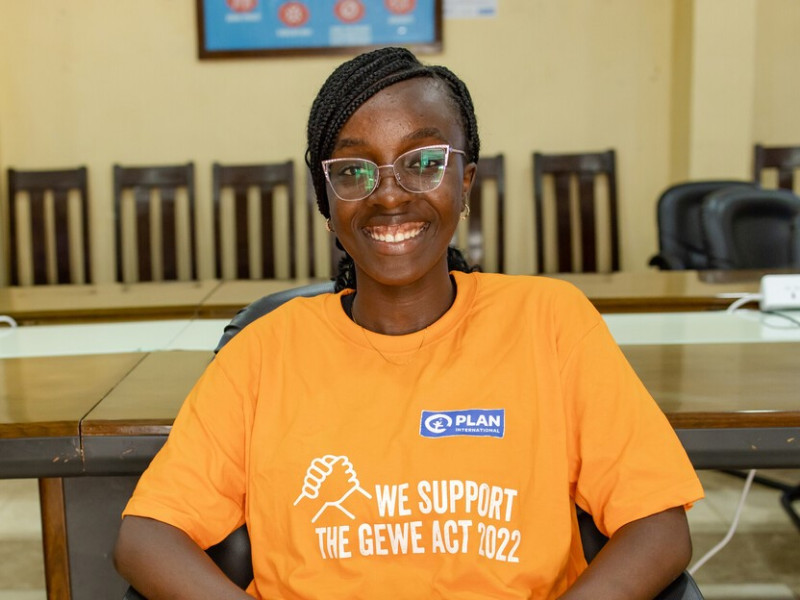
The young activists fighting for gender equality and climate action
Discover the stories of five youth activists around the world.
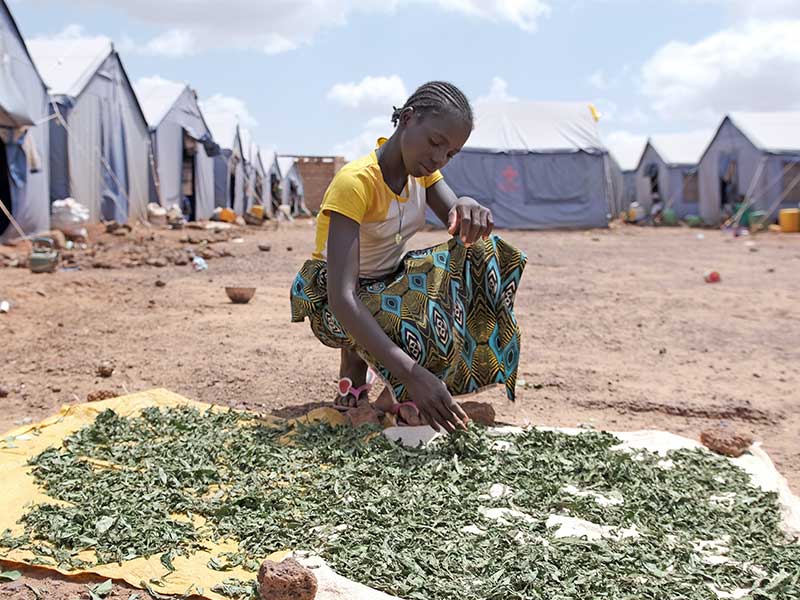
Forced to flee: the lives of girls in crisis
Hear from girls forced to flee their homes in search of safety and what their hopes are for...

Why you should join the Youth Advisory Panel
We are recruiting for a new Youth Advisory Panel! Also known as YAP. The youth advisory panel...
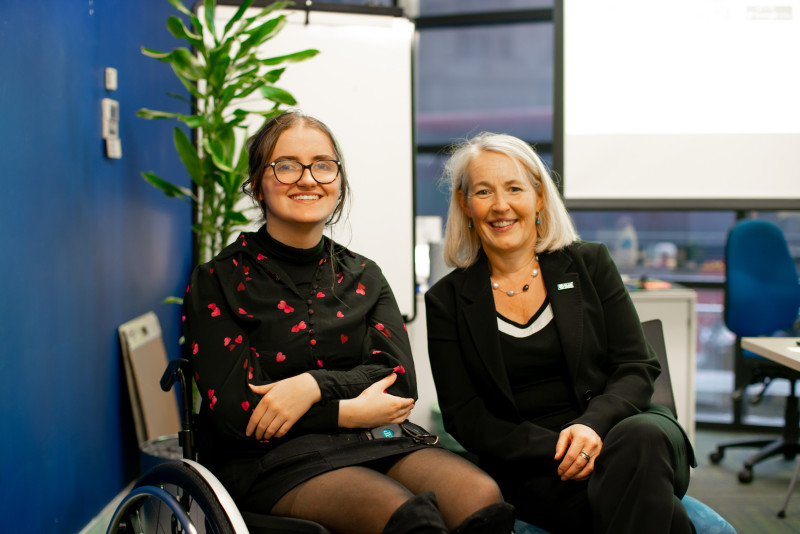
Seeing is believing: becoming CEO for the day helped me see my power
Penelope took up leadership positions as part of the Girls’ Takeover through Plan...
Show more

